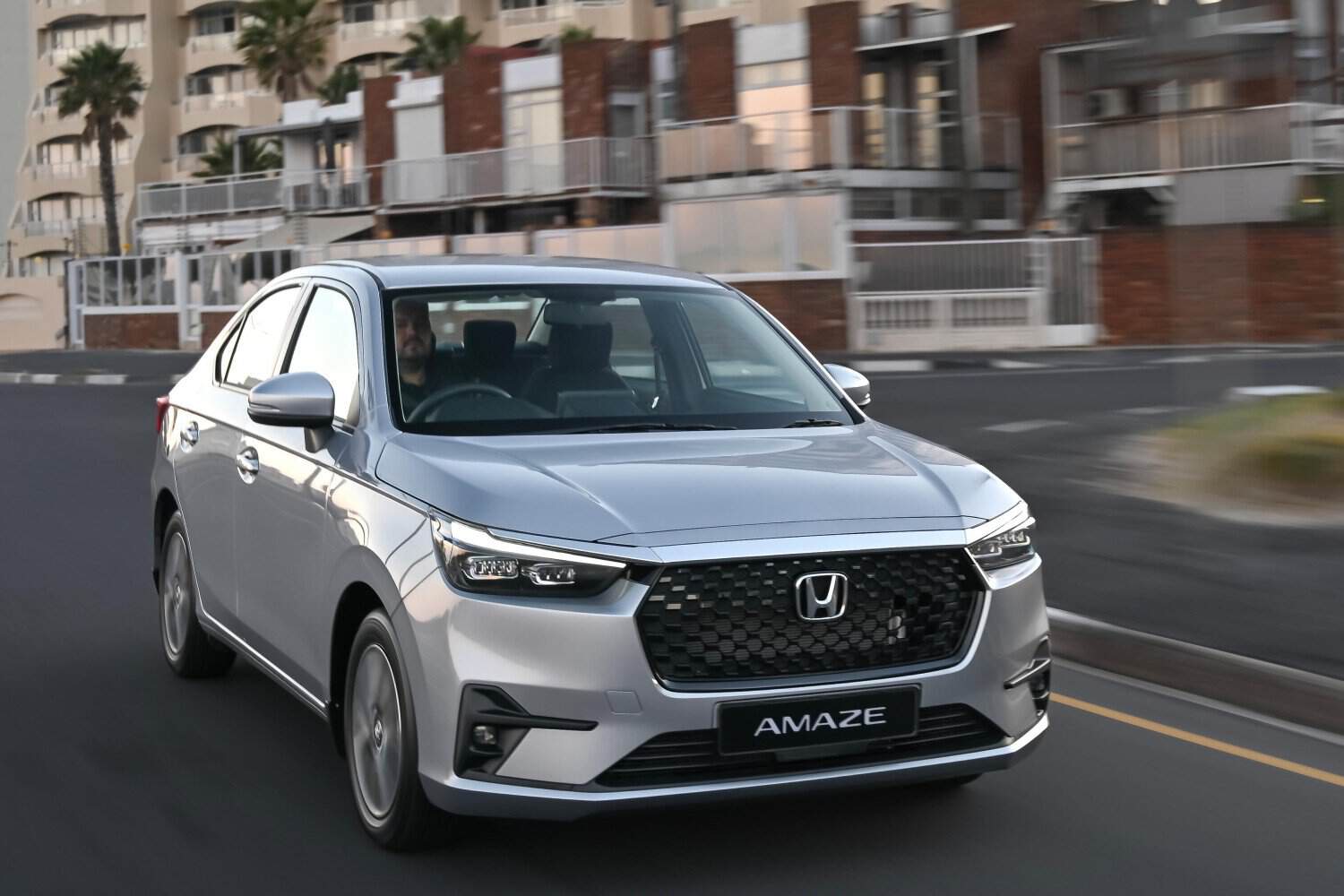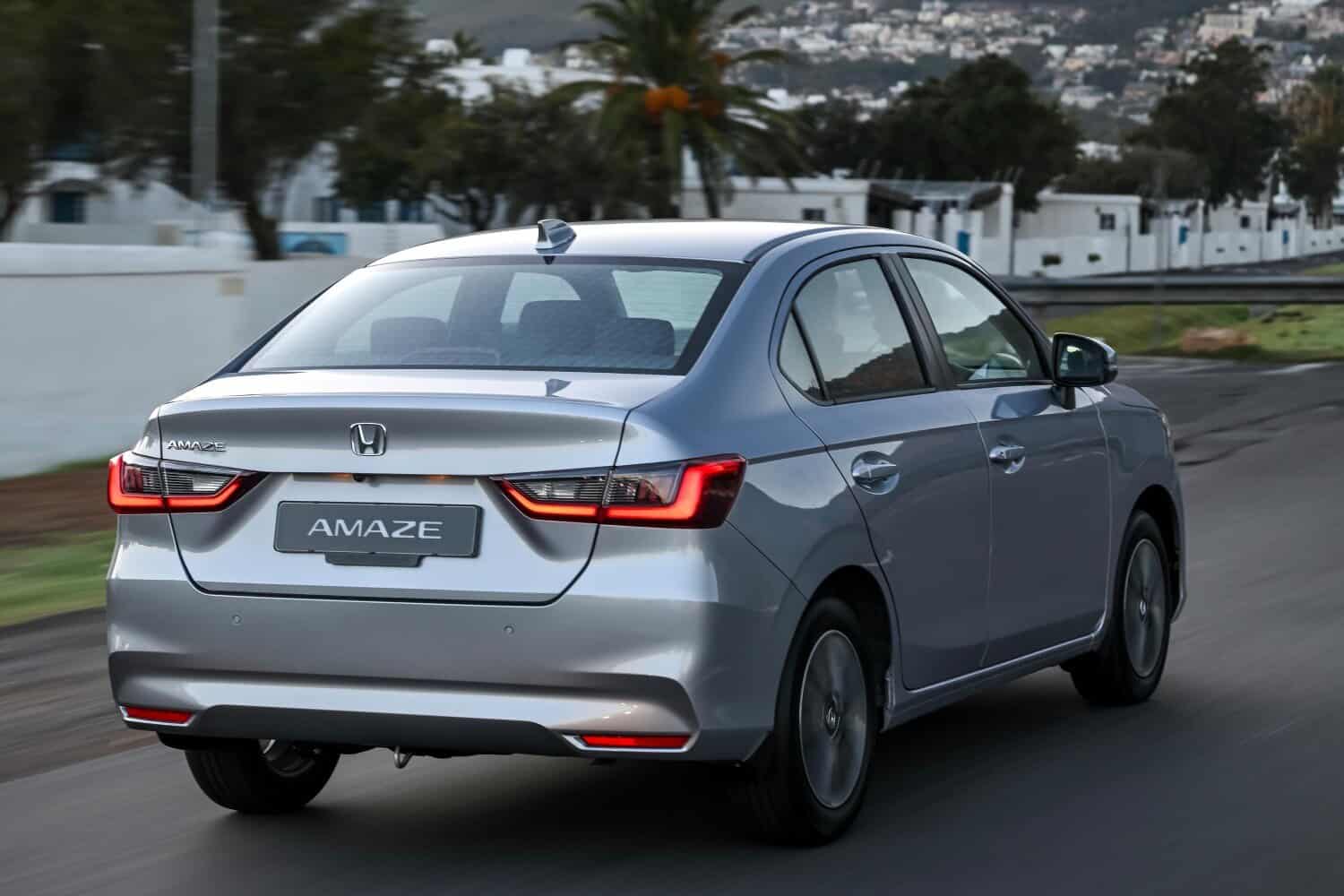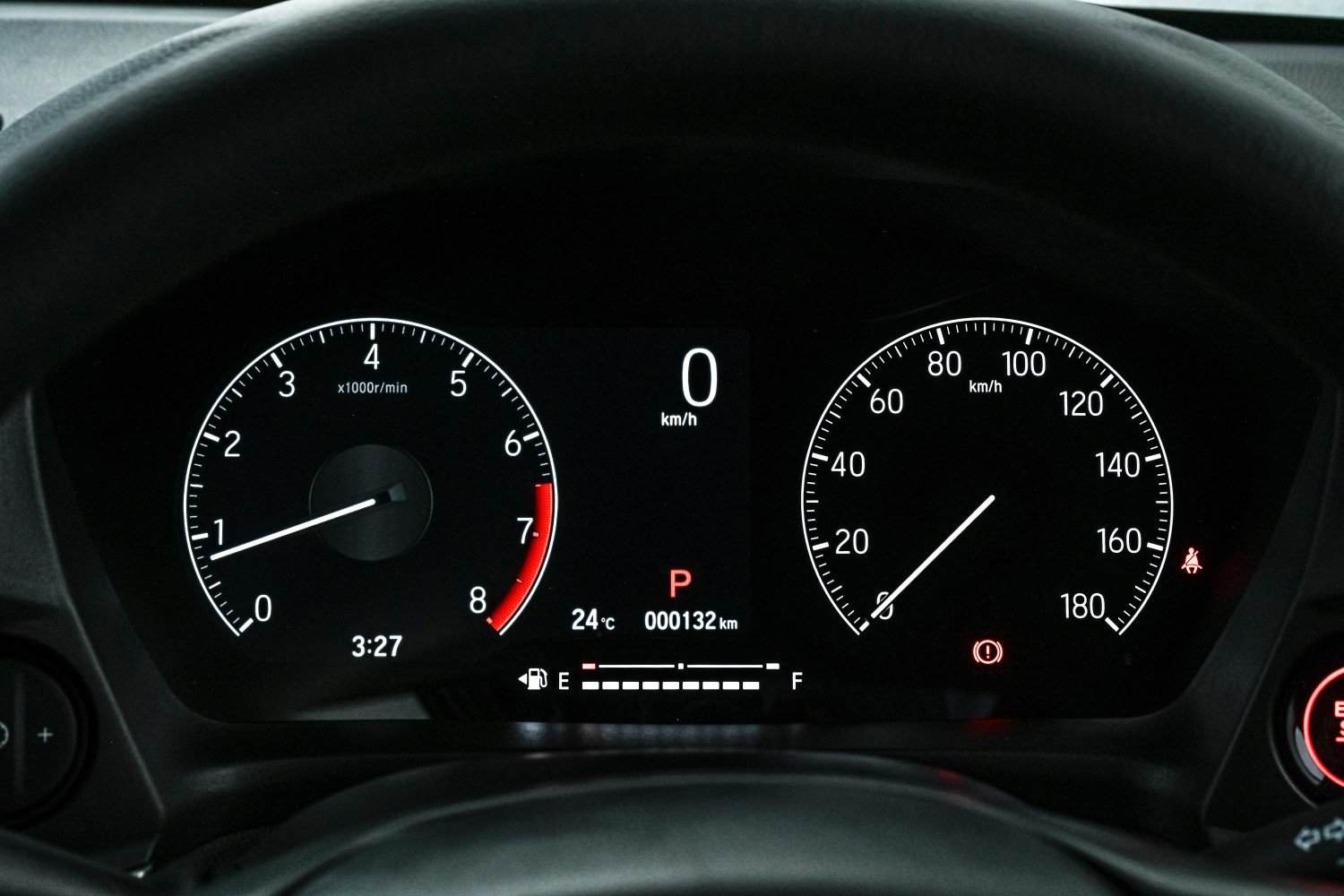Lower price likely to sway buyers in favour of the Suzuki compact sedan.

Just the other day I was discussing the Suzuki DZire, saying it is practical and budget-friendly transport. One of its main rivals, the Honda Amaze, is no different.
But that does not mean it is bad in anyway. It just means that as with the Suzuki DZire, the car does what it says it will on the box. No more. No less.
Honda’s press release says something along the lines of, “…set to redefine the standard in practicality, convenience, and comfort”. Mostly true, although I am not sure about the Honda Amaze redefining the standard. They go on to say, “…a bold exterior design, and an interior filled with the latest convenience technology”.
ALSO READ: Improved new Honda Amaze offers more without breaking the bank
Same same, but different
A little less accurate as none of the cars in this segment can be classified as bold, or as having the latest of anything. The simple truth is that these cars are practical motoring implements bought out of necessity and not desire. And this means the numbers from price to fuel consumption and how they affect your pocket are what count most.
The Honda Amaze 1.2 Comfort MT The Citizen Motoring had on test retails for R274 900 and the Suzuki DZire 1.2 GL+ 5MT for substantially less at R246 900. Both cars are known to be hardy and not problematic. And both include a four-year/60 000km service plan and a five-year/200 000km warranty in their selling price. I think the up-front price is a big factor in why potential customers walk into a Suzuki showroom before a Honda showroom.

Powered by 1.2-litre naturally aspirated engine that produces 66kW of power and 110Nm of torque, the Honda Amaze is never going break any land speed records. But I thought it did a more than fine job of commuting.
The Suzuki DZire has its own 1.2-litre naturally aspirated engine under the bonnet. The mill produces the same sort of numbers at 60kW and 112Nm. Both drive to the front wheels through a five-speed manual transmission that felt lighter and less clunky on Suzuki.
ALSO READ: Suzuki Dzire sedan a ‘grown-up’ alternative to the playful Swift
Honda Amaze slightly thirstier
Spending the same sort of time in both and just driving around like a regular Joe, the very non-scientific fuel consumption figures I got came in at 5.9 litres per 100km for the Honda Amaze and 5.0 litres per 100km for the Suzuki DZire. It’s a small difference, but around R20 per every 100km travelled in favour of the Suzuki could just be the reason you go for it over the Honda.
Despite both having relatively small city friendly fuel tanks, with the Amaze at 35 litres and the DZire at 37 litres. Both should get you to Durban without a refuel.
Being compact sedans, probably the only other point mentioning is space, and more importantly boot space. The Honda Amaze offers 412 litres to the 378-litres of the Suzuki DZire. A clear win in favour of the Honda if you can get your head around how big? Or how small? The difference of 34 litres is in terms of real-world space. I can’t, other than to say the Honda has a bigger boot.
Both offer seating for five adults, but I wouldn’t want to be piggy in the middle in the back on that non-stop trip to Durban.

Suzuki DZire slightly safer
The DZire outscores the Honda Amaze by 5 NCAP safety stars to 4, but on the safety front there is not much to write home about. Both have ABS, stability control and some airbags and not much else in terms of driver assistance systems. This said, I would still far rather be in control of my own fate than in the hands of a suicidal taxi driver trying to make his daily quota.
Tech comes in the form of basic a touchscreen infotainment system with wireless Apple Carplay and Android Auto, a few USB charge ports in the Suzuki, and a wireless charger in the Honda, plus a reverse camera for both.
The Suzuki DZire is cheaper and lighter than the Honda Amaze on fuel, and these two factors alone might be the reason why Honda sold only 20 of them last month to Suzuki’s 148. It’s a numbers game!






